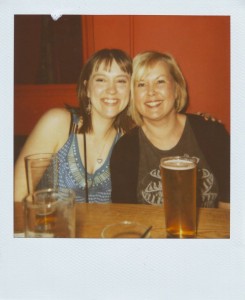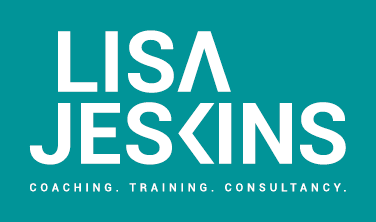Just over a year ago, I asked Lisa Jeskins out for lunch. Lisa and I have been friends for 15 years after enduring a year as technical services graduate trainees together. There’s nothing like folding letters, printing out catalogue records and sticking barcodes in books together to create a long lasting friendship! A mutual fondness for beer and sarcasm probably helped too. Lunches with Lisa were a fairly regular occurrence at this time because we were both based at the University of Manchester, but on this particular day I had an ulterior motive…

I am an information specialist with the Cochrane Collaboration, a global network of researchers doing systematic reviews of the best treatments in healthcare. There are 52 review groups worldwide, and I work for the Oral Health Group, based in Manchester. About 3 years ago our editorial team had a meeting and decided that we weren’t doing enough to communicate our work to the outside world. We were producing some great reviews based on really solid evidence, but weren’t necessarily getting this across to clinicians or to the patients they were treating. How could we make our work more visible? We decided that what we needed was a blog and a social media presence, so I went away and set up a blog on WordPress, a Twitter account and a Facebook page. For around 18 months I doggedly updated all three with news from the group, training opportunities and new publications. We had around 250 followers on Twitter, and our blog was getting around 30 viewings per month. I knew there was more we could be doing but I was lacking in inspiration. Oral health isn’t the most sexy subject in the world (although it could be worse as far as unfashionable topics goes, there is a Cochrane Incontinence Group!). How to make dentistry more interesting? This is where it comes in very handy to know Lisa. I shamelessly exploited her friendship I order to steal her knowledge and expertise on social media.
Lisa came up with some great suggestions. Firstly, what about taking individual reviews and really selling them, like a “Review of the Month”? How about doing a top ten of good resources for systematic reviewers? She told me to really think about my audience and what they’re interested in. She made me think about the layout of the blog, and I decided I needed a crisper, less cluttered theme. She also pointed out that the way to get the most out of Twitter is to keep using it. At this point, I was only tweeting when I’d updated the blog but the more you tweet, the more attention you get. How time consuming is it to tweet a link to one of our reviews every day? The answer is not at all, it takes maybe 15 seconds of my time! We talked about finding out what special events there are in the healthcare field that I could link into. November is Mouth Cancer Action Month for example, and finding the relevant hashtag and adding it to a tweet about one of our oral cancer reviews is a simple way to attract more followers. She introduced me to Hootsuite, where you can schedule your tweets so that they appear at different times of the day (very important in an international organization where you’re working in different time zones).
The result of all this was that I went away with ideas and lots to try out. More importantly I was feeling energised and enthusiastic. I’ve put a lot of her advice into practice and the results have been astonishing. In the 15 months or so since we met up, the Group’s Twitter followers have grown to 1,178, more than any other Cochrane review group (can I remind you, we’re oral health…). A good proportion of these followers are dentists, exactly the people we wanted to target. We’re getting over a thousand viewings per month on our blog. Facebook has been a little slower to take off, but we’re at over 200 likes. And the truth is that although this stuff might seem frivolous, it is increasingly important. Cochrane systematic reviews are now linked to Altmetrics, which measures the social media profile of academic papers. Some people have suggested that this may become part of (or even replace) impact factor in future. Our reviews are consistently getting higher Altmetric scores than other papers produced by Cochrane review groups. For example, a recent review we published on triclosan containing toothpastes has an Altmetrics score of 74 (high) and this puts it in the top 5% of all academic papers tracked by Altmetrics – that’s almost 2 million articles. Our annual report to our funders, the National Institute of Health Research, has a section on engagement and our social media presence is real example of how we’re reaching out to clinicians and to the general public. We are being assessed (and possibly in future funded) on how well we can do this.
So in the course of one lunchtime, I gained inspiration, a more dynamic blog and almost a thousand Twitter followers. The work done on our social media presence is contributing to our Group’s profile and going into our annual review. And Lisa didn’t even charge me. Come to think of it, I don’t think I even paid for her lunch… I must buy her some beers next time I see her.
